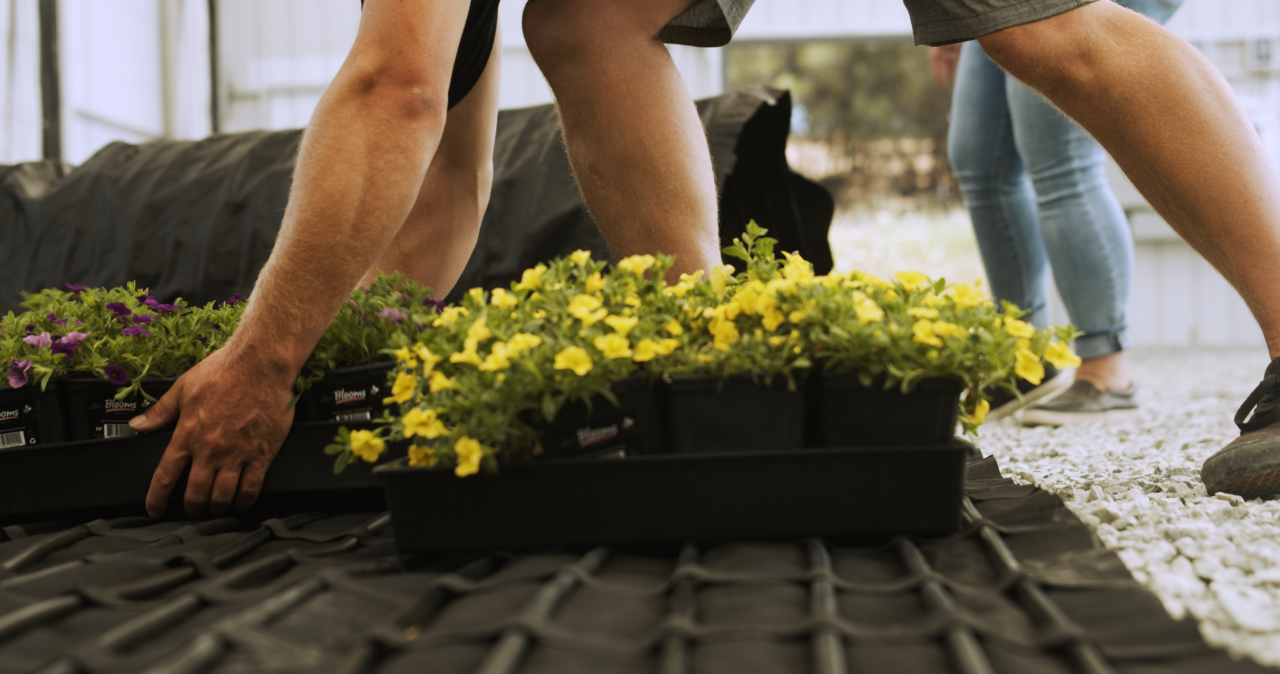Which is Best for Soil pH Monitoring: Digital or Testing Strips?
Measuring pH is one of the most important things a grower can do for their crops. Optimal pH is necessary to maintain optimal nutrient availability and improve the health of your crops.
Serious crop growers should make it a point to check their soil pH daily. This way, you can be sure your plants are receiving the proper amount of nutrients.
Measuring pH
Certain plants will require certain pH levels in their soil. In general, however, most plants prefer a pH sweet spot of around 6.5 to seven for soil and 5.8 to 6.5 for hydroponics.
There are many ways to measure pH. The most common are test strips and digital tests.
Pros and Cons of pH Testing Strips
Testing strips are cheap thin strips of paper that change color depending on a solution’s pH level. They are cost effective, and are also quick at giving results.
While they are good at what they do, frequently testing strips will be made to test the entire spectrum from zero to 14. Because of the large range, accuracy is often sacrificed. In an industry where decimal points can mean crop life or death, this can be a challenge.
They are also single-use and require good lighting to read properly. LED lights can change the appearance of colors, making you believe a pH is more acidic or basic than it is.
Pros and Cons of Digital pH Testing
On the other hand, digital pH meters can give an accurate and precise reading of a soil’s pH. They are also just as fast as testing strips. They can be used every day and are reusable.
However, it is important to note that these systems can be highly delicate and must be regularly cleaned and calibrated to work properly. They are also more expensive than their paper counterparts.
To learn more about the difference between the two, click here. for more information from BlueLab.








